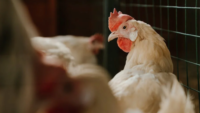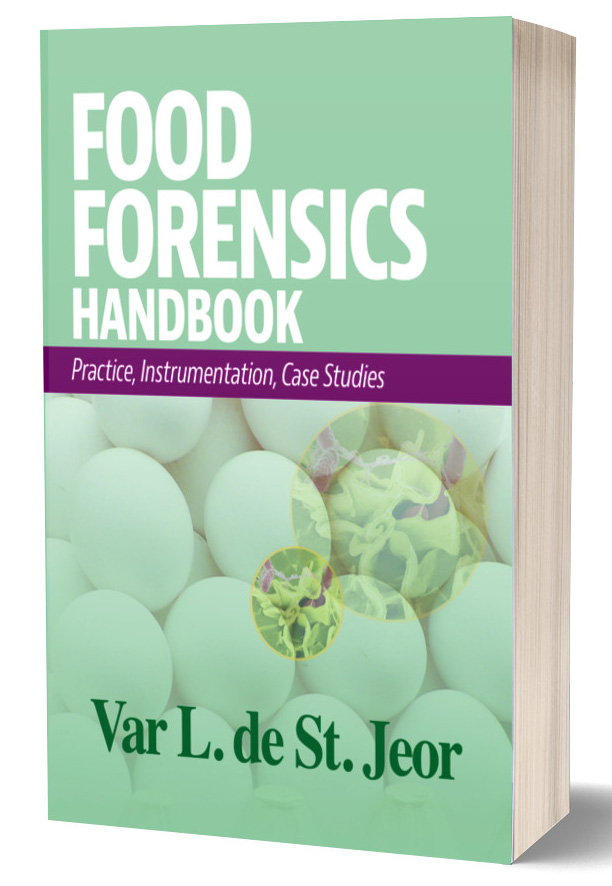Consumer Reports Calls USDA’s Proposed Regulatory Framework for Salmonella in Poultry ‘Too Lax’

Image credit: Freepik
Consumer Reports is calling for the U.S. Department of Agriculture’s Food Safety and Inspection Service (USDA-FSIS) to set stricter enforceable product standards for Salmonella in poultry products.
In July 2024, USDA-FSIS published an advance copy of its long-awaited regulatory framework for Salmonella in raw poultry products. If passed, the framework would declare a chicken or turkey product as adulterated if it contains Salmonella of any type at or above 10 colony forming units per gram (CFU/g), and contains any detectable level of at least one of the Salmonella serotypes of public health significance identified for the commodity (i.e., S. Enteritidis, S. Hadar, S. I 4,[5],12:i-, S. Muenchen, or S. Typhimurium).
However, one product must adhere to stricter standards due to its disproportionate association with salmonellosis cases. In April 2024, FSIS finalized a determination declaring Salmonella an adulterant in raw, breaded and stuffed, not-ready-to-eat (NRTE) chicken products at levels exceeding 1 CFU/g.
In a comment letter submitted in response to FSIS’ Salmonella framework for raw poultry products, Consumer Reports calls the proposed standards “too lax.” The watchdog group asks the agency to consider setting the same enforceable product standards for all raw poultry products as it did for raw, breaded and stuffed, NRTE chicken products. If that is not achievable, Consumer Reports urges FSIS to set enforceable product standards for all raw poultry products that contain any Salmonella serotype at 10 CFU/g, or that contain an expanded list of specific serotypes, including S. Infantis, at 1 CFU/g.
Consumer Reports argues that FSIS’s reasoning as to why the 1 CFU/g or higher level of Salmonella in NRTE, breaded and stuffed chicken products meets the more stringent “ordinarily injurious to health” standard should also be applicable to other poultry products. The group states that an enforceable standard of 1 CFU/g across raw poultry products should “not be too burdensome for industry” because the amount of poultry products impacted would be “very small,” estimating that less than 3 percent of poultry products would be affected by the standard. The comment also challenges FSIS’s argument against having a 1 CFU/g limit for all poultry products because there is no testing methodology available to detect Salmonella at these low levels, saying, companies should “readily be available to develop this test, as long as there is a market for it.”
Regarding the ask for FSIS to expand the list of Salmonella serotypes relevant to public health, Consumer Reports presents the possibility that targeting a limited number of serotypes would encourage industry to develop and rely on specific vaccines rather than improve sanitation. The group suggests setting different product standards for “low virulence” versus “high virulence” strains (10 CFU/g and 1 CFU/g, respectively). Additionally, Consumer Reports asks FSIS to consider more than virulence when deciding serotypes of public health significance, giving more weight to epidemiological data and which strains have caused the most poultry-related foodborne illnesses in recent years.
In its proposed regulatory framework, FSIS acknowledges that the Salmonella serotypes of public health significance are likely to evolve over time as the serotypes most commonly linked to human illnesses change, with plans to reevaluate the serotypes of public health concern every 3–5 years, or whenever new information becomes available. The proposed framework considers scientific advice provided by the National Advisory Committee on Microbiological Criteria for Foods (NACMCF), which notes that the infectious dose of Salmonella varies widely between serotypes, with recent data suggesting that most poultry-associated outbreaks in the U.S. involve S. Enteritidis, S. Typhimurium, S. I:4,5,12:i:‐, S. Infantis, and S. Heidelberg. Excluding S. Heidelberg, the aforementioned serotypes account for 83 percent of chicken‐associated illnesses in the U.S., according to NACMCF.
The comment period for the proposed regulatory framework for Salmonella in raw poultry products closes on January 17, 2025.
Looking for a reprint of this article?
From high-res PDFs to custom plaques, order your copy today!








